
When it comes to Kumamoto, ONE PIECE is famous right?
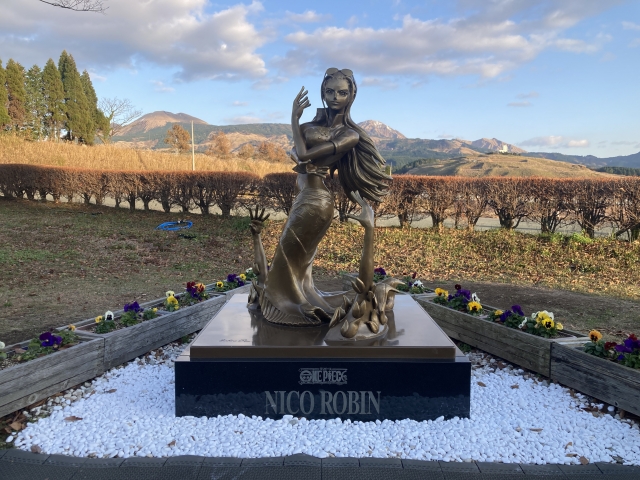

What to eat while traveling to Kumamoto?
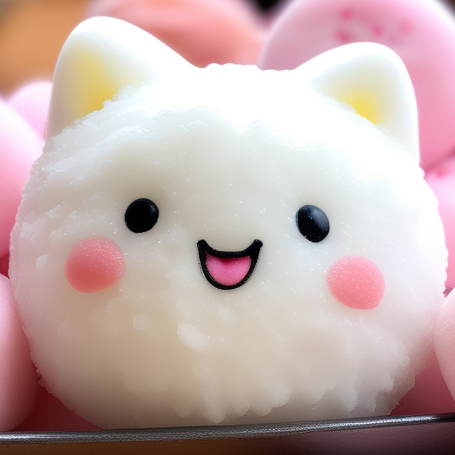
This page introduces a list of local foods (horse, beef, noodles, soup, sweets, snacks, fruits, vegetables, bread, seasoning) that Japanese people want to eat when sightseeing in Kumamoto, Kyushu region.

Local foods that Japanese people want to eat?

I want you to know not only must-try foods for foreign tourists but also what Japanese people specifically want to eat when they sightsee in Kumamoto.

Some of the information may be the same and some may be different compared to information for foreign tourists. Hope you find something new.
Horse sashimi
- Read in Japanese: Basashi
- Original name: 馬刺し
- Category: Horse
Kumamoto is Japan’s largest producer of horse sashimi, which is raw horse meat dipped in a sweet soy sauce-based sauce and eaten with grated ginger and other ingredients.
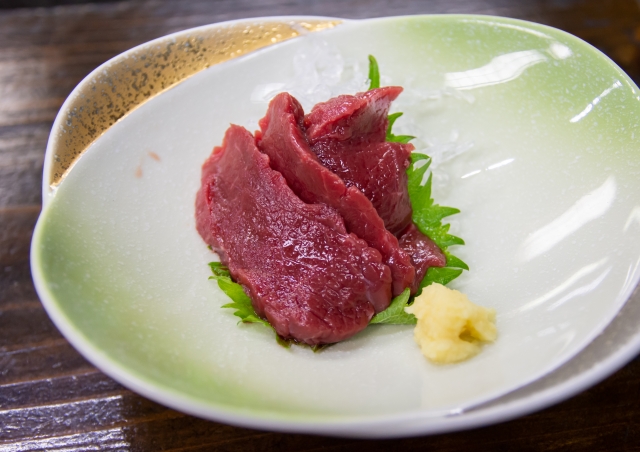
Google Map
Akaushi beef bowl
- Read in Japanese: Akaushi don
- Original name: あか牛丼
- Category: Beef
Kumamoto produces the largest amount of akaushi, Japanese beef, in Japan. Akaushi don is a bowl of rice topped with slices of medium-rare grilled akaushi steak, and is a popular Kumamoto specialty.

Google Map
Kumamoto ramen
- Read in Japanese: Kumamoto ramen
- Original name: 熊本ラーメン
- Category: Noodles
Kumamoto ramen is characterized by a soup based on pork and chicken bones, with black garlic oil and fried garlic.
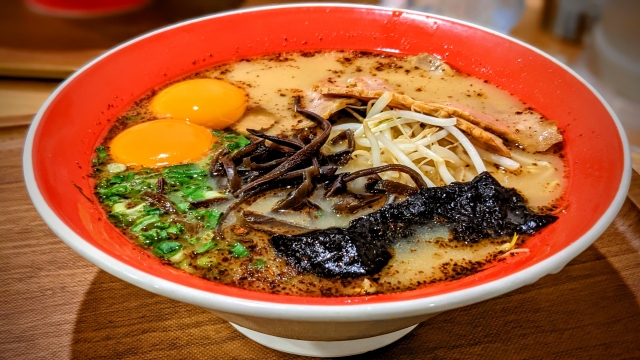
Google Map
Taipien
- Read in Japanese: Taipien
- Original name: タイピーエン
- Category: Noodles
It is a light soup with a lot of vegetables and glass noodles, and is popular in Kumamoto, where it is served in school lunches.

Google Map
Dago jiru
- Read in Japanese: Dago jiru
- Original name: だご汁
- Category: Soup
A traditional Kumamoto dish, it is a soy sauce or miso-based soup with dumplings kneaded from flour and torn by hand, and vegetables.
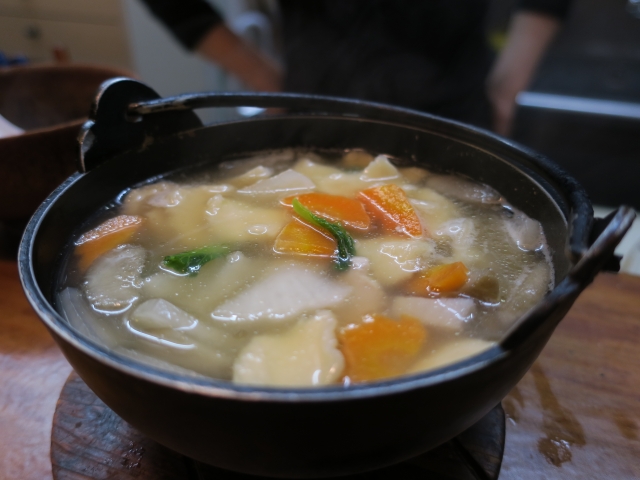
Google Map
Soft serve ice cream
- Read in Japanese: Sofutokurimu
- Original name: ソフトクリーム
- Category: Sweets
Milk produced in Kumamoto’s Aso region has won three stars in an international competition, and soft serve ice cream made from this milk is a popular local specialty.
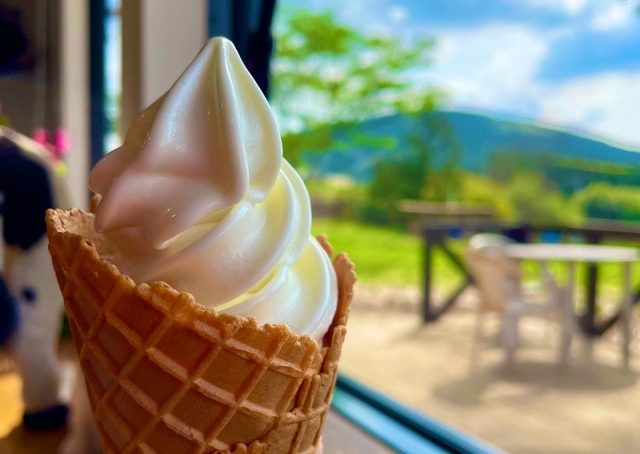
Google Map
Ikinari dango
- Read in Japanese: Ikinari dango
- Original name: いきなり団子
- Category: Sweets
It is a traditional Kumamoto sweet made by steaming sliced sweet potatoes and sweet bean paste wrapped in a dough made by kneading flour and stretching it, and is familiar in Kumamoto where it is served in school lunches.

Google Map
Koppa mochi
- Read in Japanese: Koppa mochi
- Original name: こっぱ餅
- Category: Sweets
It is a traditional Kumamoto sweet that has been popular since olden times, made by pounding together dried sweet potatoes and glutinous rice and seasoning it with caster sugar. Sweet potatoes are boiled, dried, and cut into small round slices, which are called “koppa”.
Google Map
Liqueur Marron
- Read in Japanese: Rikyuru maron
- Original name: リキュールマロン
- Category: Sweets
This sweet is made with butter cream containing chestnuts with inner skin from Kumamoto sandwiched between dough soaked in liqueur syrup. It has long been a favorite of Kumamoto residents.
Google Map
Fugamaki
- Read in Japanese: Fugamaki
- Original name: 風雅巻き
- Category: Snacks
It is a famous Kumamoto snack made of beans wrapped in seaweed. You can enjoy the crispy texture of the seaweed and the beans seasoned with various flavors such as soy sauce and wasabi.
Google Map
Donut stick
- Read in Japanese: Donatsu bou
- Original name: ドーナツ棒
- Category: Sweets
This is a stick-shaped donut, crispy on the outside and moist inside with a unique texture and mild sweetness, and is a classic sweet for the people of Kumamoto.
The following figure is the example of donut stick.
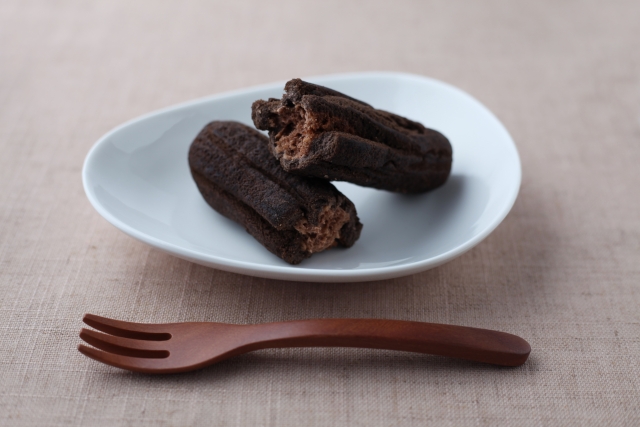
Google Map
Jintaiko
- Read in Japanese: Jintaiko
- Original name: 陣太鼓
- Category: Sweets
This is a long-loved Kumamoto sweet in the shape of a drum, made of soft gyuhi (a type of rice flour) wrapped in fresh adzuki beans.
Google Map
Matsukaze
- Read in Japanese: Matsukaze
- Original name: 松風
- Category: Sweets
It is a traditional Kumamoto sweet with a mild sweetness and crispy savory flavor, and is said to be the thinnest Japanese sweet in Japan.
Google Map
Watermelon
- Read in Japanese: Suika
- Original name: スイカ
- Category: Fruits
Kumamoto produces the largest amount of watermelons in Japan, and watermelons can be enjoyed almost year-round in Kumamoto.
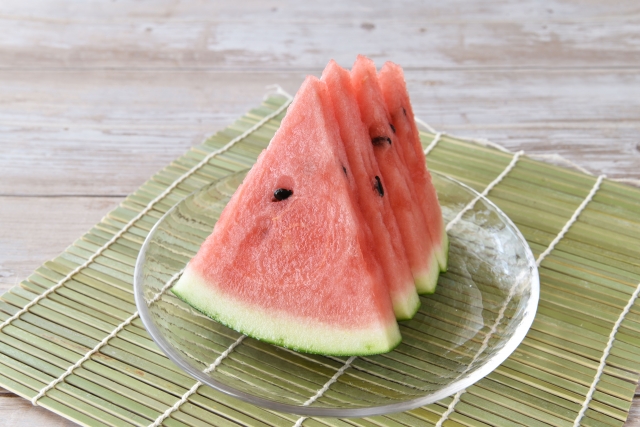
Google Map
Sumo mandarin
- Read in Japanese: Dekopon
- Original name: デコポン
- Category: Fruits
Kumamoto produces the largest amount of Dekopon in Japan, a citrus fruit with a raised hull, juicy and sweet with a hint of sourness.
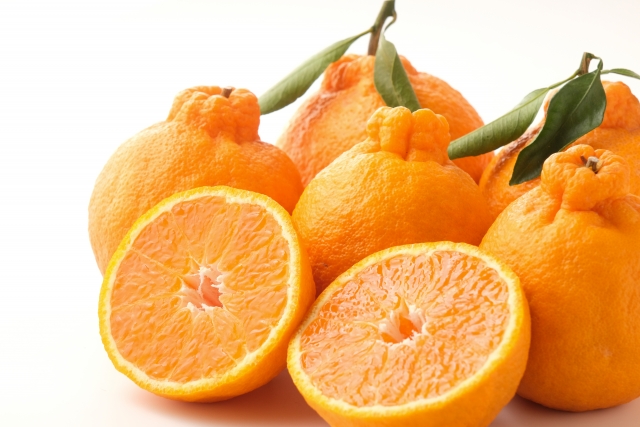
Google Map
Chikuwa salad
- Read in Japanese: Chikuwa sarada
- Original name: ちくわサラダ
- Category: Vegetables
Chikuwa salad is potato salad stuffed with chikuwa (tube-shaped fish sausage) and deep-fried, and is a popular dish among both children and adults in Kumamoto.
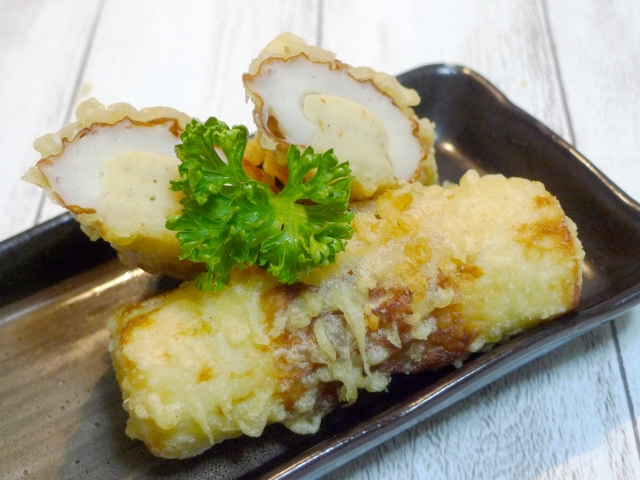
Google Map
Karashi renkon
- Read in Japanese: Karashi renkon
- Original name: 辛子蓮根
- Category: Vegetables
It is a dish in which the holes of lotus root are stuffed with miso mixed with Japanese mustard, coated with yellow batter, and deep-fried in oil. It is known as a typical Kumamoto dish.
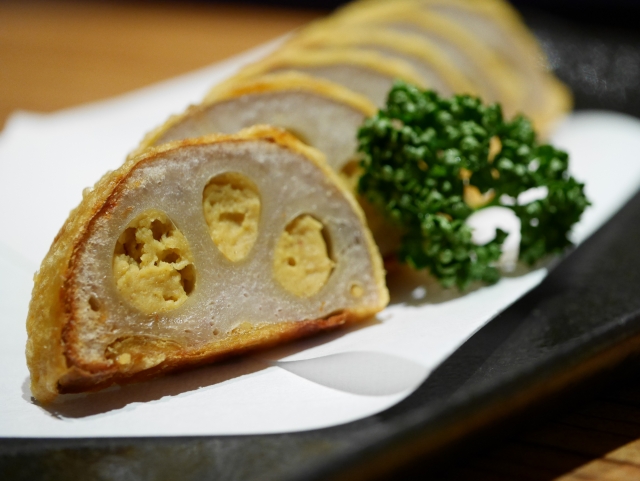
Google Map
Toufu no misozuke
- Read in Japanese: Toufu no misozuke
- Original name: 豆腐の味噌漬け
- Category: Vegetables
This is a traditional Kumamoto dish of tofu marinated in miso for a long time and has a cheese-like flavor.
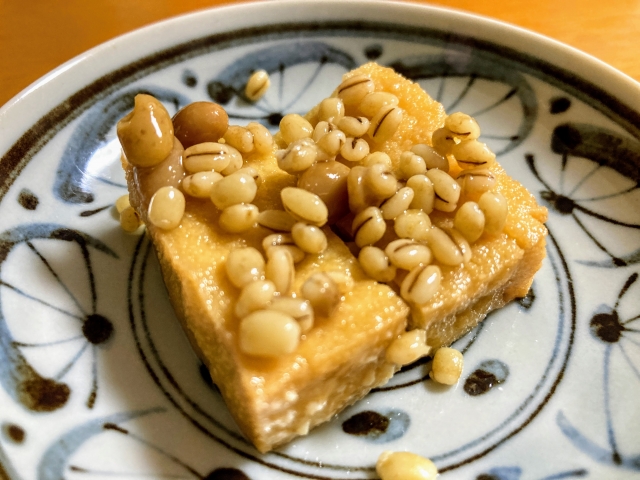
Google Map
Tomato
- Read in Japanese: Tomato
- Original name: トマト
- Category: Vegetables
Kumamoto is Japan’s largest producer of tomatoes, and the variety of terrain in Kumamoto allows us to have tomatoes throughout the year.
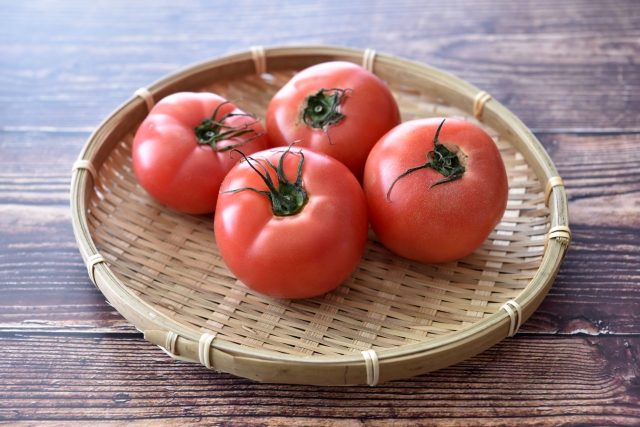
Google Map
Negipan
- Read in Japanese: Negipan
- Original name: ネギパン
- Category: Bread
This bread is kneaded with lots of green onions and has bonito flakes seasoned with sauce inside. It is a familiar bread in Kumamoto.
Google Map
Furikake
- Read in Japanese: Furikake
- Original name: ふりかけ
- Category: Seasoning
Furikake is a dried seasoning that is sprinkled over rice and eaten, and is said to have originated in Kumamoto. There are various kinds of furikake such as wasabi and bonito.
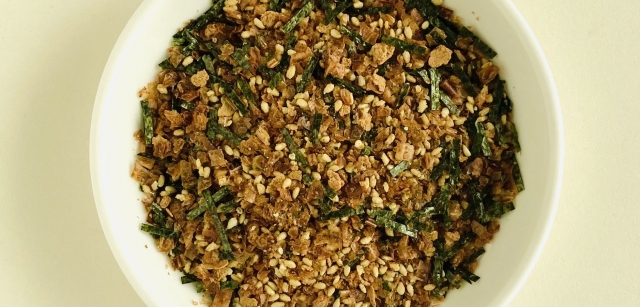
Google Map
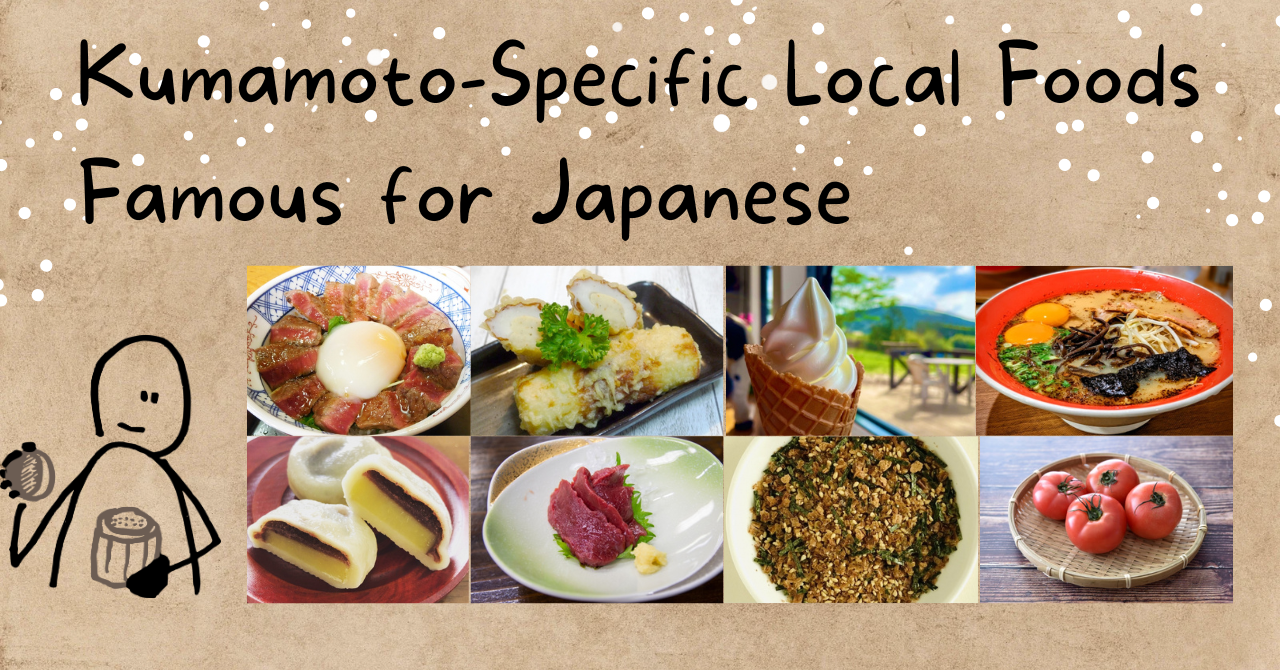


Comment